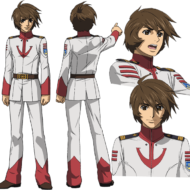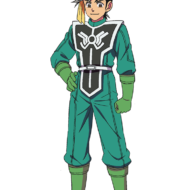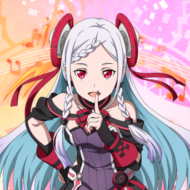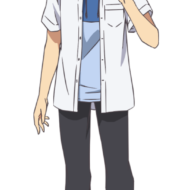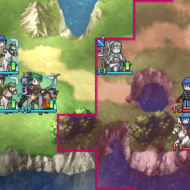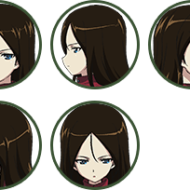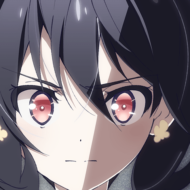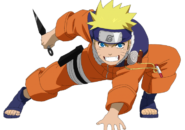出典 : Amazon.co.jp
Sequels to blockbuster manga are often accused of “adding more than one item” or “second-hand”, but there are cases where they are accepted by fans and even gain new fans.
We have thoroughly examined the requirements for a successful sequel manga!
Sequels are not welcome?
出典 : Amazon.co.jp
It’s not uncommon for a blockbuster manga to conclude and have a sequel produced years or even a decade later.
With the same protagonist and the same storyline, “Jigoku Sensei Nube NEO”, “Shura no Mon: The Second Gate”, “Magic Circle GuruGuru 2” and “Card Captor Sakura: Clear Card Arc”, the main characters from the children’s generation and different grades. MAJOR 2nd”, “Genshiken 2nd Generation”, “Fruit Basket”, which focuses on characters another”, “Dragon Ball Super” and “Boruto”, the official sequels with a new animation director -NARUTO NEXT GENERATIONS-, a legitimate, though genre and title-changing The sequel, “UQ HOLDER!” and so on, have been spawned in various forms.
When a sequel to a hit work begins to be serialized, it’s usually because “You can read the sequel to that popular work! It starts amidst the hype and great attention.
Many of our former readers were eagerly awaiting the release of the game, and the messages of anticipation flooded social media, and if it was a sequel to a big title, it would even create a huge response, trending at the top of the charts.
On the other hand, however, there is a stark reality.
Unfortunately, there are unfortunate cases where a sequel to a popular work is announced, and while it initially attracts interest, once it begins, many readers feel that there is something different about it, and the old fans begin to drift away, and the series quietly comes to an end.
In more tragic cases, there are not a few cases where people don’t even talk about the fact that a sequel is being drawn, and the series is ended prematurely.
How does that happen to a work that used to attract hundreds of thousands of readers, even millions?
I think this is due in large part to the complexities of readers’ feelings toward sequels.
It wasn’t until the 2000s that sequels to popular works began to be drawn more frequently.
A former editor of Weekly Shonen Jump launched Weekly Comic Bunch in 2001, which featured several sequels and related works to old hits, and it is assumed that the success of manga such as “Fist of the Blue Sky” and “Angel Heart” was the main reason for this.
Past editions and remakes of 1980s works were huge hits in the 2000s, and this was the beginning of the digging up of past hits.
However, not all readers necessarily welcome sequels.
There’s a deep-rooted tendency to think that it’s unseemly to cling to the hits of the past, and even after the sequel boom hit, many of those opinions were harsh, and that hasn’t changed today.
That hasn’t changed today.
Many of the people who don’t welcome sequels to blockbusters are former readers.
Because they love that work, they are not comfortable with the act of forcing a story to be beaten up once it’s ended so nicely, and they are also disappointed that an author who was hoping to reach even greater heights with a new work has stagnated.
As a result, fans are understandably critical of sequels.
As a result, many of them end up being dull and dull.
What are the requirements for success?
出典 : Amazon.co.jp
The lack of success in sequels is not just a problem for readers.
Naturally, there are reasons for this on the part of the creator of the manga and the editorial side of the work that has jurisdiction over it.
First of all, it’s simply a case of not being as interesting as previous serials.
To put it bluntly, it’s a lack of talent.
Even if it’s not a simple matter of fun, there are a lot of cases where the artwork has changed drastically, or the same characters are drawn but slightly different from before, and there are many sequels that don’t bring out the charm of the previous series due to the author’s aging or changing sensibilities.
However, if that’s the case, it’s probably still a good thing.
In some cases, the author is so intent on making the sequels more exciting that he makes popular characters from the previous series relatively weak, makes them act in ways that attract hate, makes them behave like dogs to be attacked by the new characters, kills their own flavor and charm, and so on… There are even cases where the author undermines the previous series that were hits.
This may be the reason why fans hate sequels the most.
Essentially, the above should be a complete no-no when it comes to drawing a continuation.
If an author is overwhelmed by the new work and has gone off the rails, it’s only natural for the editor to stop him or her… but it seems that they don’t seem to be able to stop him or her.
Reasons for this include “I can’t talk to the hit author,” “I’m being forced to draw a sequel for them, so I can’t ruin it,” or “I don’t feel for the work because it wasn’t born when it was a hit before.
If a lot of sequels are failing for these reasons, then on the other hand, if you eliminate them, you have the germ of success.
And in fact, there are some sequels that are small in number but have a large fan following.
Here are some examples of their success.









